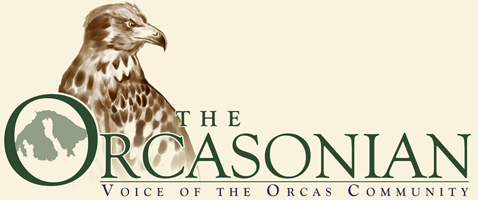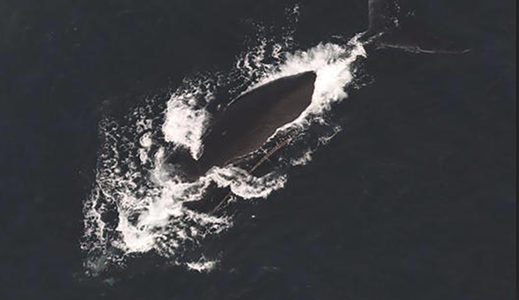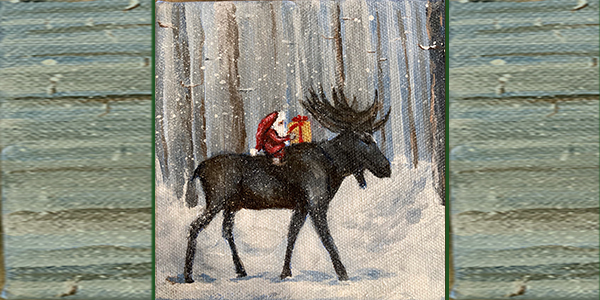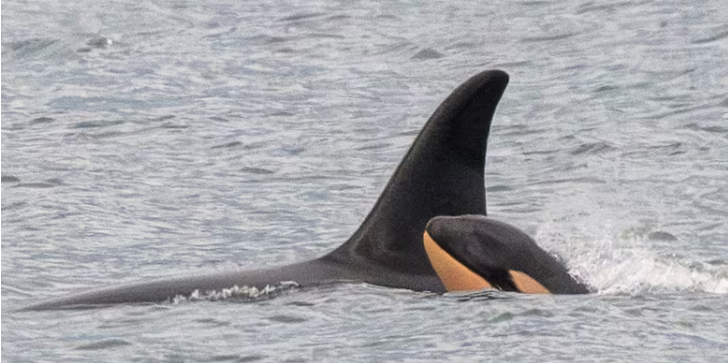By Tina Whitman
Scientist, Friends of the San Juans
Do you ever wonder what areas on your island are going to be flooded first when the sea level rises? To help answer this question Friends of the San Juans and scientists from Coastal Geologic Services researched and mapped sea level rise predictions for San Juan County shorelines.
The county-wide sea level rise inundation maps are based on the best available science on sea level rise adopted by the San Juan County Council in 2011 and the County’s LiDAR digital elevation data for major islands. A few different projected increases in the rise of sea level were used in the models. The resulting inundation maps highlight where the most rapid flooding of low lying coastal areas will be and which sand and gravel shores will be “squeezed” when sea level rises. The inundation mapping results will help decision-makers, scientists and planners understand where shoreline habitats are likely to be most strained.
“We all can benefit from this new information. Property owners, planners, architects, surveyors, realtors, contractors, have a new tool to save money and avoid risk in areas that are likely to be impacted by the impacts of increased storminess and sea level rise,” stated Friends of the San Juans Executive Director Stephanie Buffum Field.
Shoreline armoring, such as bulkheads or hardening for roads, homes and docks can impact the natural sediment processes that create and maintain our beaches. These modifications result in shorelines that are less resilient, or adaptable, to changes such as sea level rise. Armored shorelines are not able to move landward as sea level rises, and the remaining beach will become narrowed; this is referred to as the “coastal squeeze.” Armoring can also disrupt the supply or transport of sediment inputs essential to maintaining beaches over the long term.
In the recently completed study, the beaches most at risk to sea level rise, and those most resilient, or protected from sea level rise impacts, were mapped. Overall the majority of the shores of San Juan County appear to be relatively resilient, or adaptable, to the projected impacts of sea level rise. While some areas were identified as at risk, in many cases the risk can be reduced through restoration such as removal of hard armoring. Protection actions such as preserving feeder bluffs, which provide sediment to shoreline systems, avoiding hard armoring, and not building in inundation hazard areas are specific steps that can make shorelines more resilient as sea levels rise.
The new sea level rise maps can be viewed on the FRIENDS website www.sanjuans.org. Scroll down the homepage under the critical areas comment section, and look for the SJC Sea Level Rise Inundation maps. These maps were presented to the San Juan County Planning Commission and to the County Council as part of the public hearing for the County’s Critical Areas Ordinance Geohazard and Frequently Flooded sections. Funding for this research was generously provided by the Bullitt Foundation and FRIENDS members.
For more information, call Friends of the San Juans at 378-2319.
**If you are reading theOrcasonian for free, thank your fellow islanders. If you would like to support theOrcasonian CLICK HERE to set your modestly-priced, voluntary subscription. Otherwise, no worries; we’re happy to share with you.**






